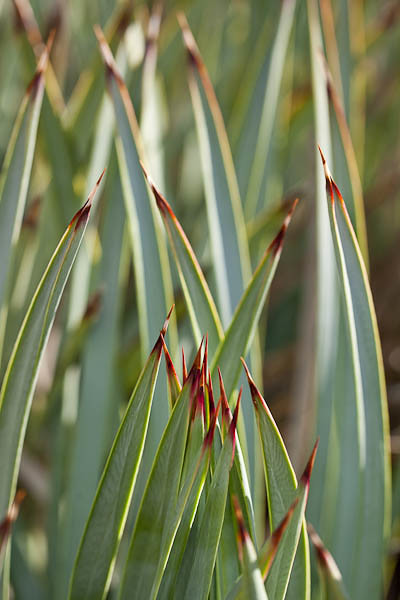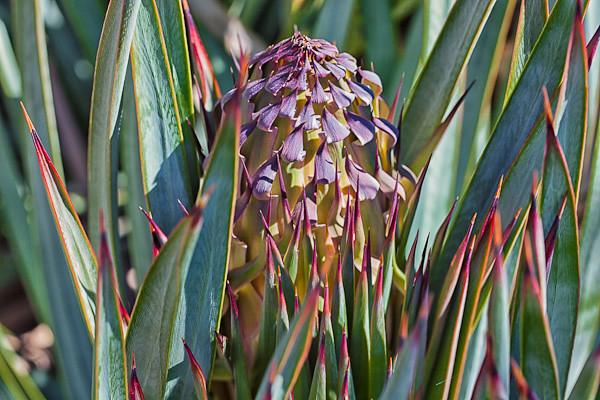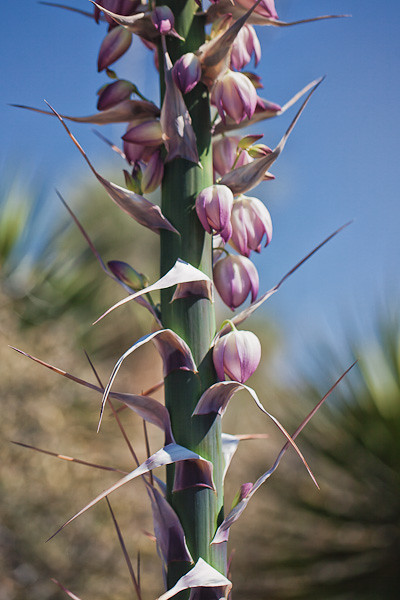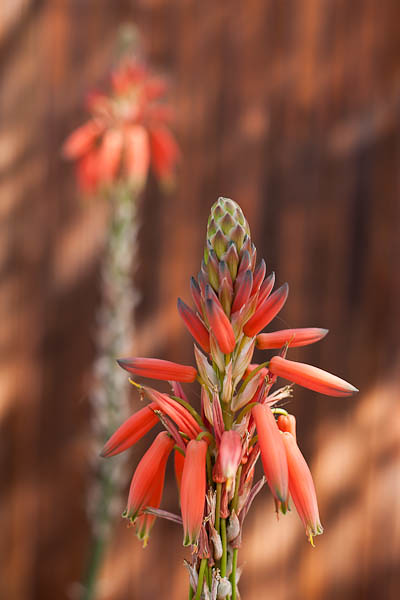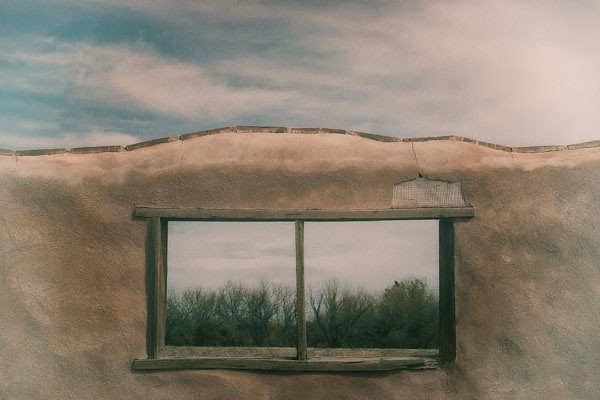The faster one goes, the more strain there is on the senses, the more they fail to take in, the more confusion they must tolerate or gloss over — and the longer it takes to bring the mind to a stop in the presence of anything. ~ Wendell Berry
Not so long ago I had a reaction to a medication. Instead of making me drowsy, as had been predicted, the chemicals from the medication flowed throughout my body and made it utterly impossible for me to quiet myself. The reaction – medically termed akathisia – makes it impossible to quiet oneself both inside and outside.
My body had to move. I paced. When I sat, my leg jumped about. You’ve heard the term “crawling out of your skin”? That was exactly what I wanted to do. My insides seemed intent on crawling to the outside. Yes, I called the pharmacist. Then I called the doctor on call. And within a few hours, I had a second medication that was supposed to diminish the side effects of the first. Unfortunately it didn’t take effect immediately.
However, there was a big change. I now knew what was happening, and I had been assured that my frantically moving body would return to normal. I just had to hang on and tolerate the ride until everything returned to normal.
Wow — easier to say than to do.
After another hour of pacing and near panic, I finally hit upon a solution. My body, and therefore my mind, too, were racing along and I couldn’t keep up. I had to s-l-o-w-t-h-i-n-g-s-d-o-w-n. Yes. Slow. Things. Down.
And then I discovered a work-around. I went outside and took gulping breaths of sweet May air. Then I slowly paced myself so I was breathing deeply, slowly. And finally, I noticed that I was standing barefoot in thick, not-recently-mowed grass. Deep tufts of grass. I stood there. I concentrated on my feet coming into contact with the black earth. And there I stayed.
For nearly an hour, I stood and breathed. And realized this utterly amazing thing. I was standing on the earth, the planet Earth. And so was every other person on this huge earth – in some way or other. All seven billion plus of us – all connected to the earth. So not all of us earthlings were in solid contact, as I was, but all were still connected. No one was going to fling away from Mother Earth, suddenly unleashed by her gravitational hold.
Isn’t that an amazing thing? Wherever you are, anywhere, always, we are attached to the earth or near it. We can always reach down and touch that huge planet rolling through space. You imagine a photo of the earth from a satellite or NASA mission, and see the swirling earth planet, and then realize you can TOUCH it. With your feet. With your hands. How awesome is that!
That is how I managed to calm my body. I touched the earth. I repeated that I was okay, that I was connected to everyone and everything by the mere presence of all of us together on this huge traveling earth in the unimaginably huge universe. I concentrated on feeling a part of the whole.
Gradually, the feeling of connection took over, and I stopped hurtling through the barrage of out of control feelings and movements. I slowed down, way down. I re-connected to all. And there I stood. The side effects lessened and I felt okay again.
I also learned a valuable lesson. I was able to manage the out of control feelings and connect to the present moment by connecting to the physical Earth, by accepting life as it was at that moment, and by slowing myself down.
Wow, right?
————–
Bo Mackison is a photographer and owner of Seeded Earth Studio LLC. Sometimes she puts down her camera and just stands in the grass.

